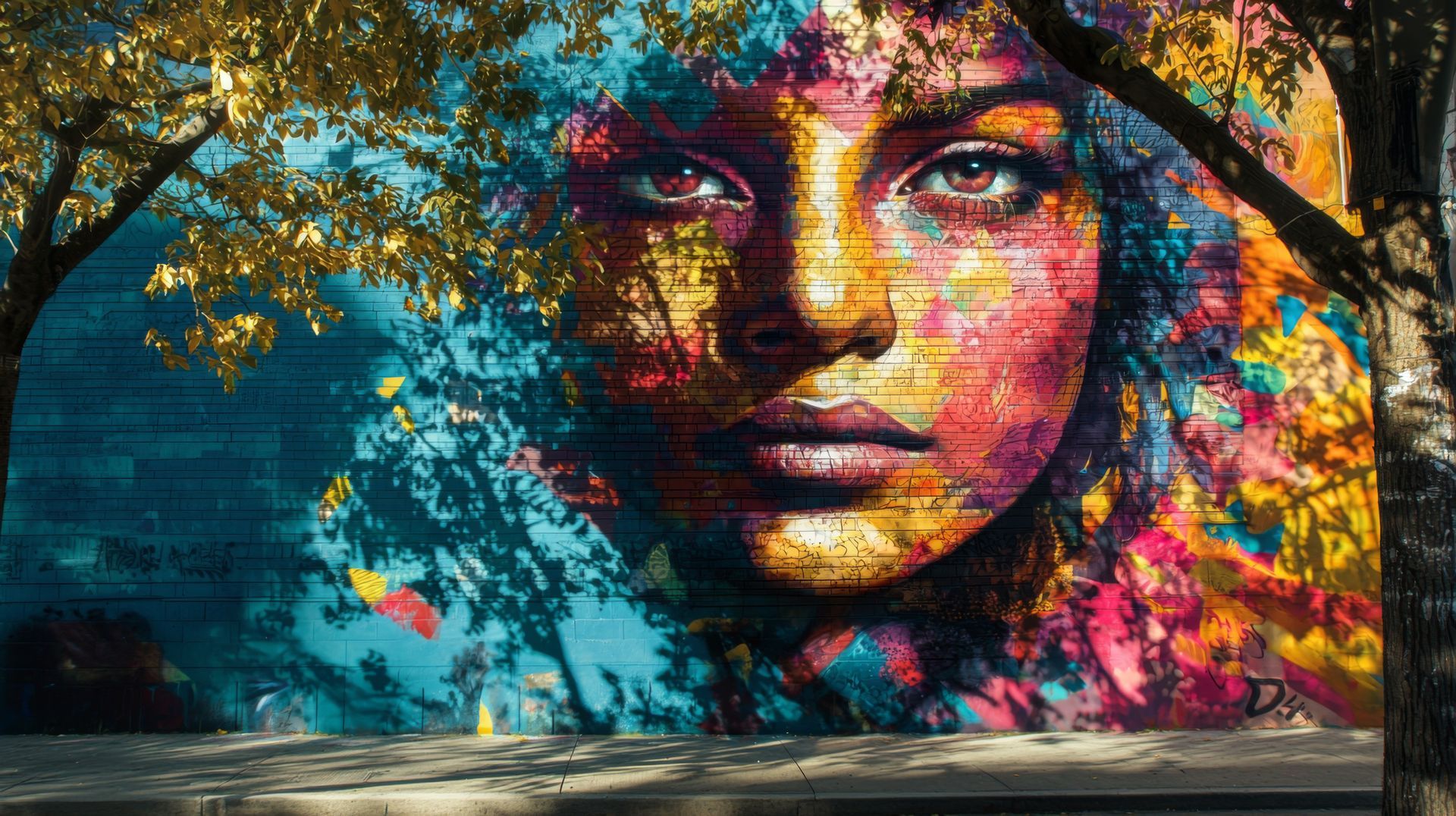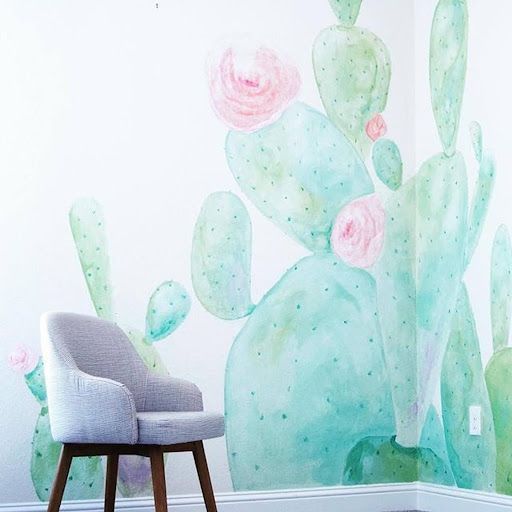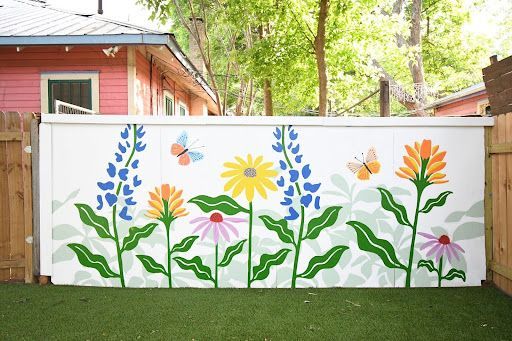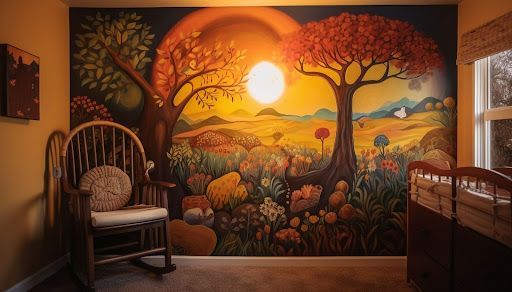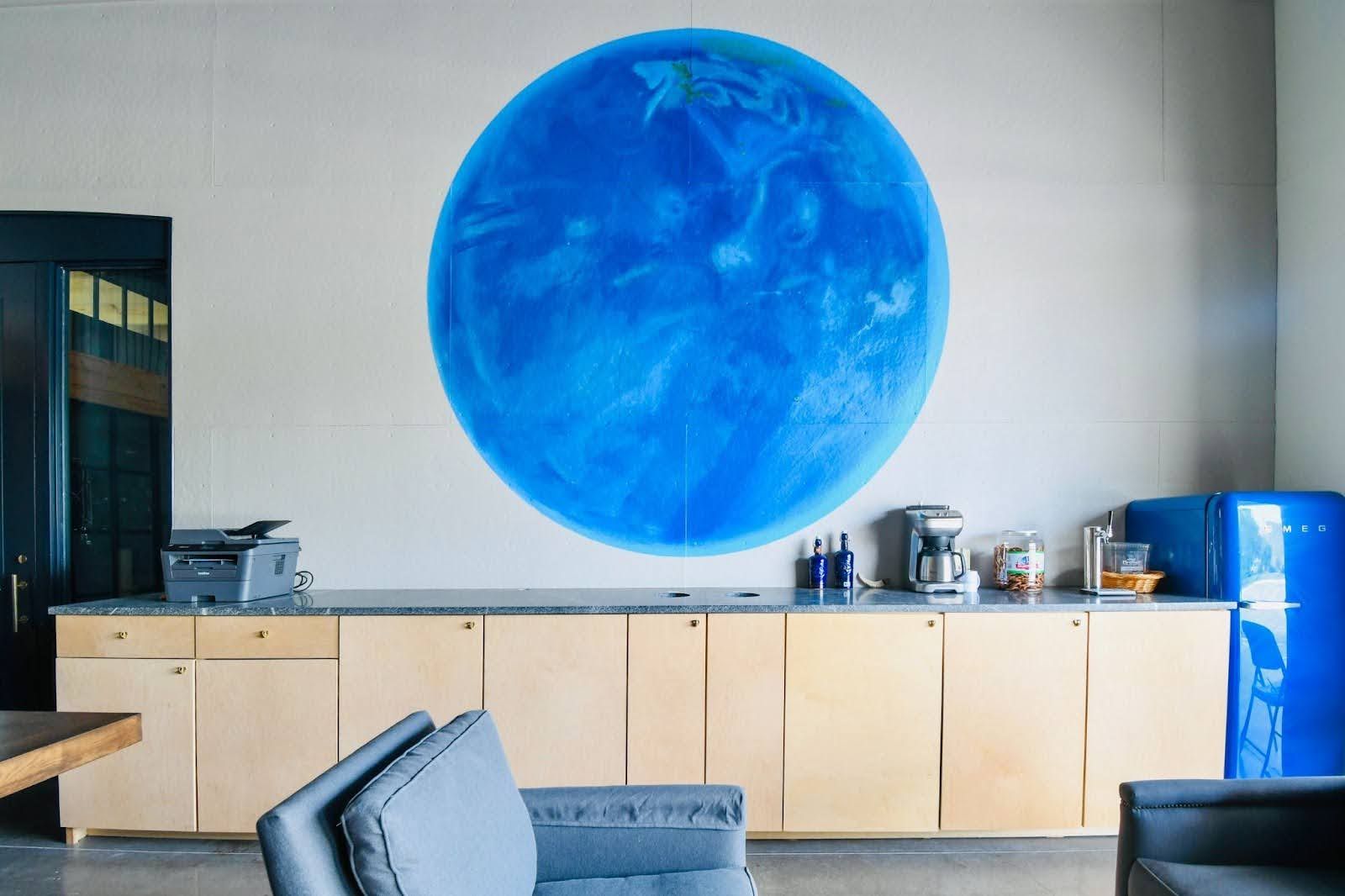Murals as Educational Tools: Bringing History to Life in Schools
Murals have long been used as powerful tools for storytelling and cultural expression. In education, they are dynamic resources to engage students and enrich learning experiences. By transforming school walls into vibrant canvases, murals can make history, culture, science, and stories come alive for students, creating an interactive and memorable educational environment.
Discover the Power of Visual Learning
Visual learning plays a crucial role in education, helping students to process and retain information more effectively. Murals, with their vivid imagery and storytelling potential, tap into this power. 65% of the population are visual learners, meaning they learn best by seeing information. Murals cater to this majority, providing a visually stimulating way to present educational content.
Bring History to Life
One of the most compelling uses of murals in schools is their ability to depict historical events. By illustrating significant moments from history, murals offer students a window into the past. For example, a mural depicting the signing of the Declaration of Independence can transport students back in time, allowing them to visualize the event and understand its importance in a way that textbooks alone may not convey.
These visual representations can spark interest and inspire further research and discussion among students.
Explore Culture Through Art
Murals are also effective in showcasing cultural themes, celebrating diversity, and promoting inclusivity within the school environment. By featuring artwork that represents various cultures, schools can foster an appreciation for global histories and traditions. This exposure broadens students' perspectives and encourages empathy and respect for different cultures.
For instance, a mural depicting traditional Mexican Dia de los Muertos celebrations can introduce students to the rich cultural heritage of Mexico, while a mural featuring elements of African art can highlight the continent's diverse artistic traditions. These murals act as cultural ambassadors, educating students about the world beyond their immediate environment.
Make Science Interactive
In addition to history and culture, murals can also serve as effective tools for teaching scientific concepts. By illustrating complex scientific ideas in a visually engaging manner, murals can help demystify topics that students might otherwise find abstract or challenging. A mural depicting the solar system, for instance, can provide a captivating visual aid for students learning about planets and space exploration.
Envision Famous Stories
Murals transform beloved stories into immersive experiences. Children can step into "Where the Wild Things Are" or explore "The Secret Garden" within school walls. Vividly depicting scenes and characters makes stories tangible, helping children grasp the narratives and internalize morals like courage, kindness, and the value of friendship. These visual reminders reinforce lessons, ensuring they resonate long after story time.
Enhance School Environments
Beyond their educational benefits, murals can also transform school environments, creating welcoming and inspiring spaces for students and staff. By turning drab, uninspiring walls into vibrant works of art, schools can foster a positive atmosphere that encourages learning and creativity.
The photo featured here showcases Becka’s stunning map mural, painted in a school cafeteria. With colorful illustrations of notable landmarks and global themes, this artwork captures students’ imaginations and encourages them to explore new cultures, histories, and perspectives. Beyond its visual appeal, the mural fosters curiosity and promotes a sense of global awareness, making it not only an engaging centerpiece of the space, but also a valuable educational tool for students.
Murals can also serve as focal points for school events, such as art shows or history fairs, providing opportunities for community engagement and showcasing student talent. As part of a broader effort to beautify school campuses, murals contribute to a more aesthetically pleasing and motivating environment.
Link Murals to Curriculum
To maximize the educational impact of murals, align them with the school curriculum. By collaborating with teachers, artists can create murals that complement classroom lessons and reinforce curriculum goals. This integration ensures that murals are not just decorative elements but are woven into the fabric of the school's educational mission.
Murals offer a versatile and powerful tool for enhancing education in schools. By bringing history, culture, science, and stories to life, they engage students, foster creativity, and create a dynamic learning environment. As schools continue to explore innovative ways to educate and inspire, murals will undoubtedly play an increasingly important role in the educational landscape.
Discover how Murals by Becka can create something wonderful for your school. Contact Becka today to discuss your vision.
